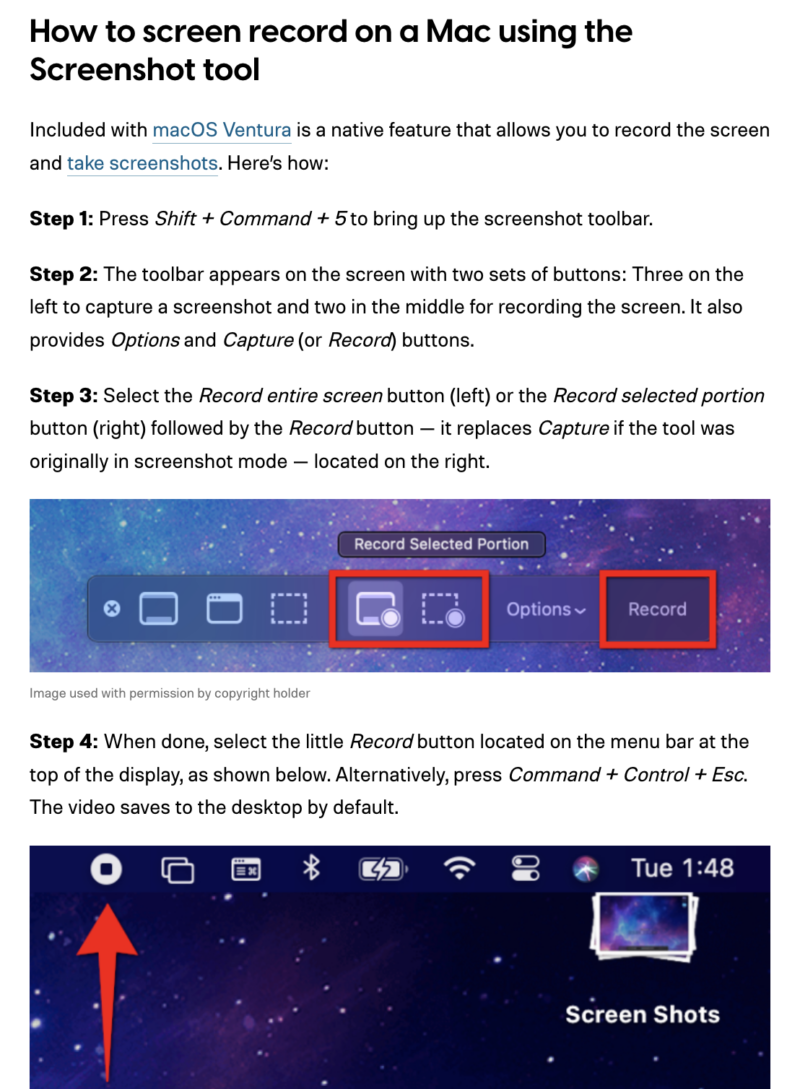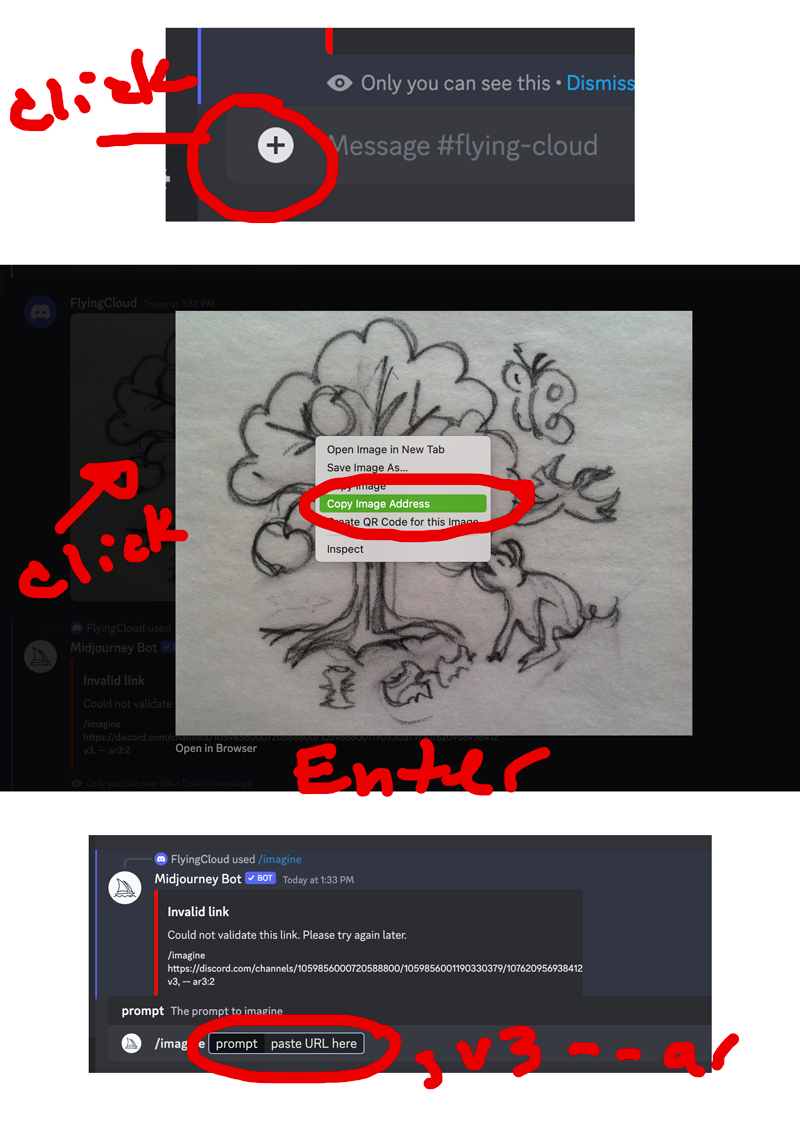Photographing the Night Sky
Photographing the Sky in Low Light
This article was taken from a Reddit post. I wanted to save it because it has good information on sensors, how to focus, etc.
https://m.reddit.com/r/photography/comments/5bdnf0/i_bought_a_pentax_k10_from_a_friend_of_mine/
Read io-io answer:
Viewing the Milky Way is seasonal. The best times of the year is February thru October. Starting about now, the Milky Way’s core is below the horizon at night, however the extreme edge is still visible. In February it will rise in the very early morning (4 to 5am) and then progressively rise later until in October it is rising right after sunset. Download Stellarium (it is free) and it will help you find the Milk Way and the best times to photograph it. Best times to view the Milky Way is during the New Moon and before the moon rises or after it sets. Google TPE – its a nice software utility that will help you with the moon’s rise and setting times and directions through the month.
The K10 is the last Pentax body with a CCD based sensor (well with the exception of the Pentax 645D). Why is this important? CCD sensors are wonderful for low noise and their color saturation, but their ISO has limitations to about 1600. The replacement for the CCD sensor – CMOS sensors have much higher ISO capabilities 51,200 and beyond.
So, here is what you do….
Lens – You want to use your fastest and widest lens – something around 28mm or less (18mm works well). You also want to use a lens with the lowest f stop. The lower the better (as this makes the hole that the light comes in through as large as possible).
Focus – Focus your lens during the day on something about a mile or two away. Take some gaffers tape (or just tape) and tape down the focus ring, and set the body to manual focus. This will save about a half hour of futzing around in the dark trying to get focus – especially with the K10 since it does not have live view (CCD sensors do not provide live view).
ISO – set this to 1600. That is about the highest ISO the K10 has available without getting way too noisy.
Set the body to RAW format, and put the body into Manual mode. Also put the body into the 2 second self timer mode. When you press the shutter it will lift the mirror wait for 2 seconds letting the vibrations dampen out before opening the shutter.
Aperture (or f stop) – You want to use the aperture as wide open as possible – f2.8, f2, f1.8 etc. Don’t worry about depth of field as the stars are as far away as can be and it doesn’t matter for astrophotography.
Shutter speed – this is the big variable, and is somewhat dependent on the lens you use. Start out with the Rule of 500 (500/focal length = the shutter speed). For example, with a 20mm lens (500/20=25 seconds). Dial in 25 seconds and take the shot. This will limit the star trailing quite a bit, but it still will be there. To really limit the trailing, use the rule of 200 (200/focal length) or 200/20=10 seconds. This will essentially remove trailing, but it’s pretty short and severely limits the amount of light collected. The solution is to increase the ISO. You can try that, but it might get a bit too noisy.
────────
I would suggest getting a wired external shutter release. This way, you can trip the shutter without touching the camera. They run about $10 – and Pentax uses the same cable connector as Canon, so you can get one for any Canon camera and just plug it in to your Pentax body.
The Milky way rises in the South East and sets into the South West.
You will want a VERY dark location – away from the city lights – at least an hour’s drive away from town. Here is a dark sky map to use.
http://darksitefinder.com/maps/world.html
It will take a few outings to get the hang of it. Take a flashlight (hopefully with a red or green light to preserve your night vision). Charge your battery before going out – and take an extra battery.
If you google CCD sensors, you will find that astronomers prefer CCD sensors. One big difference is that they use tracking mounts – i.e., their “tripods” move and track the star’s movements. What they do is take 100’s of short images and then use software to “stack” them together. In this way, they are able to gather a lot of light with out the stars leaving streaks or star tracks. You can do this to. Just take 20, 30, 40 – 100 images of 10 seconds each and use something like deep sky tracker (free download).
https://www.google.com/search?q=star+stacking+software+raw&ie=utf-8&oe=utf-8
────────
What you can also do is to do star trails. Just put the body into (B)ulb mode and open the shutter for several minutes and collect the star light as they move across the sky. You can also just take a set of continuous 30 second images and then use software to stack them together to form really long star trails.
https://www.google.com/search?q=star+trail+software+raw&ie=utf-8&oe=utf-8
Maria Poulos
FlyingCloudDesign.com
graphic design & creative services
978 886 8085



